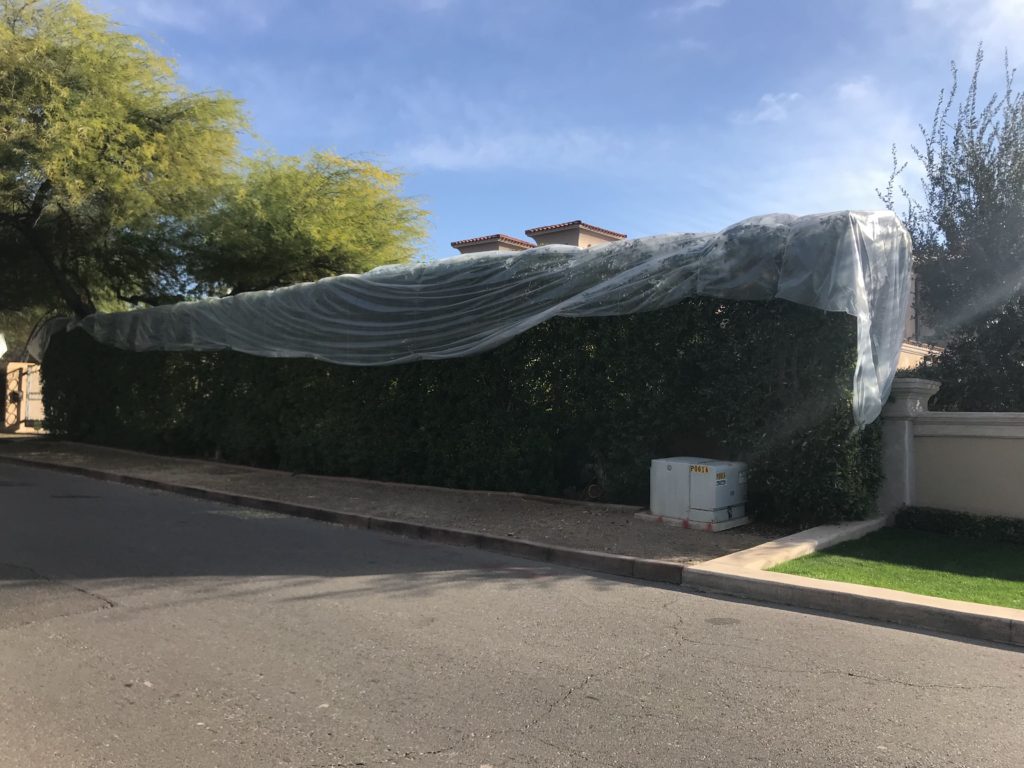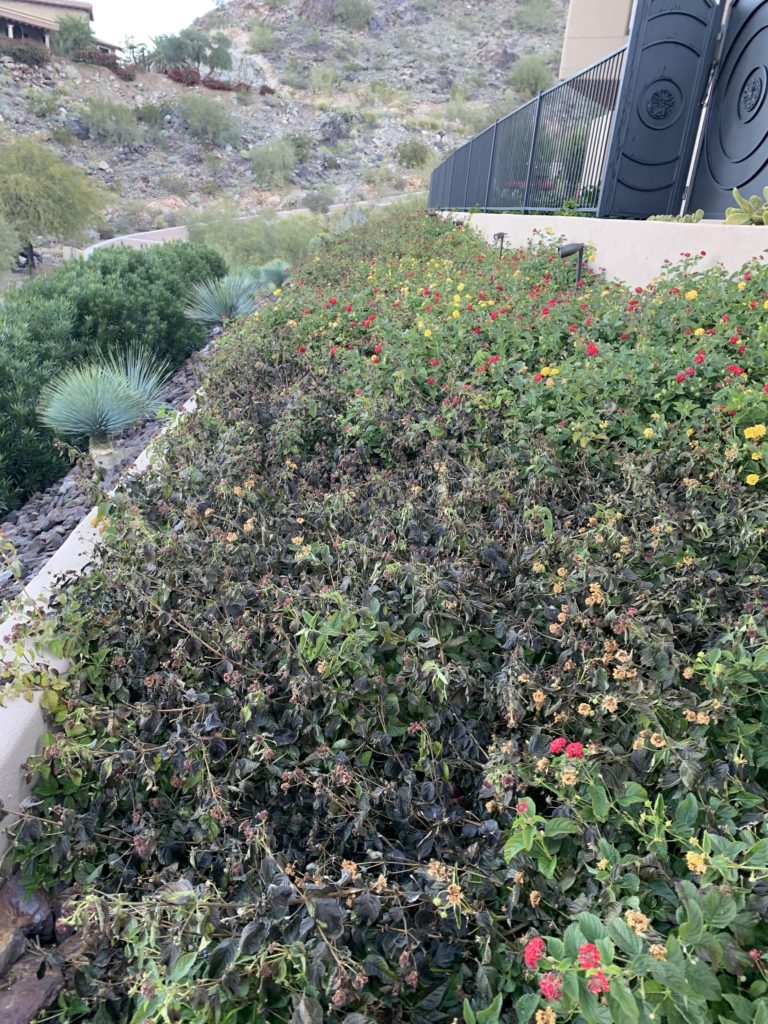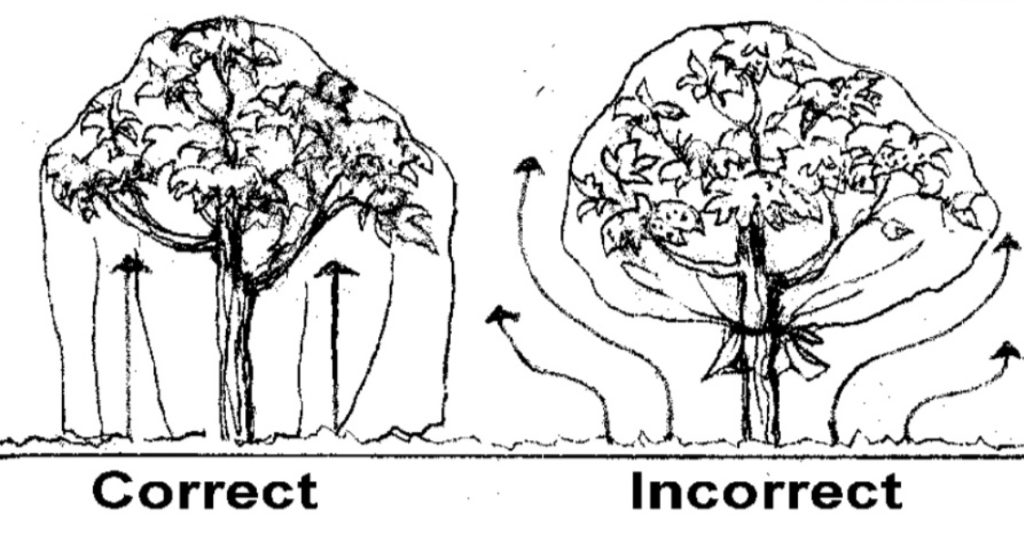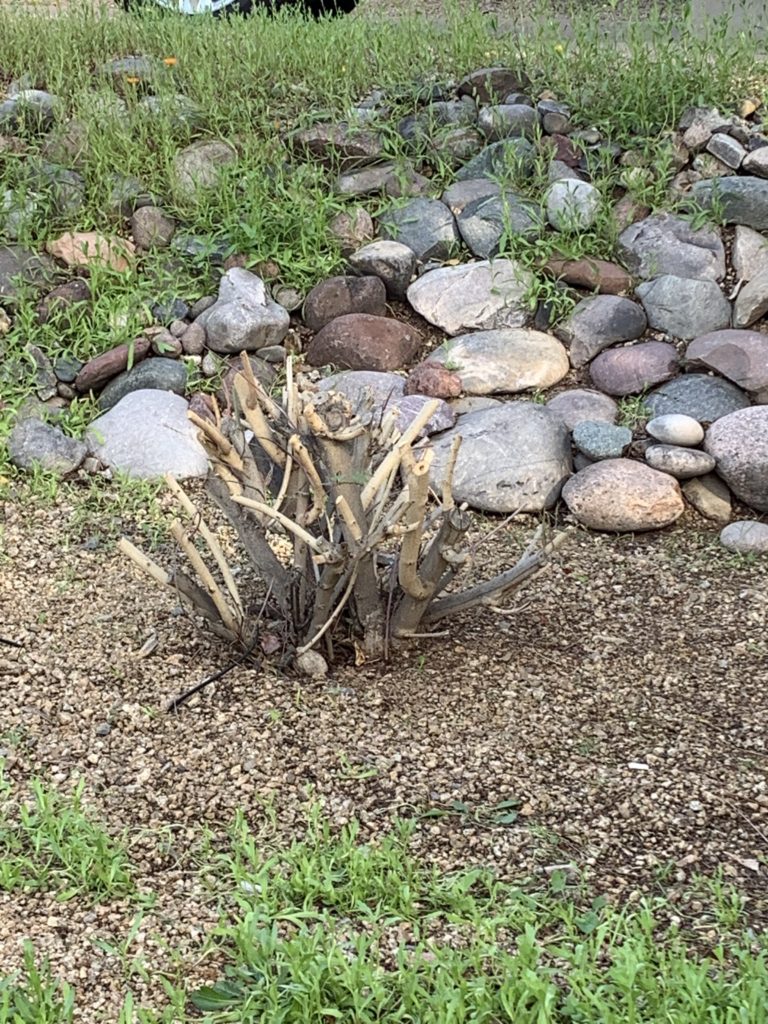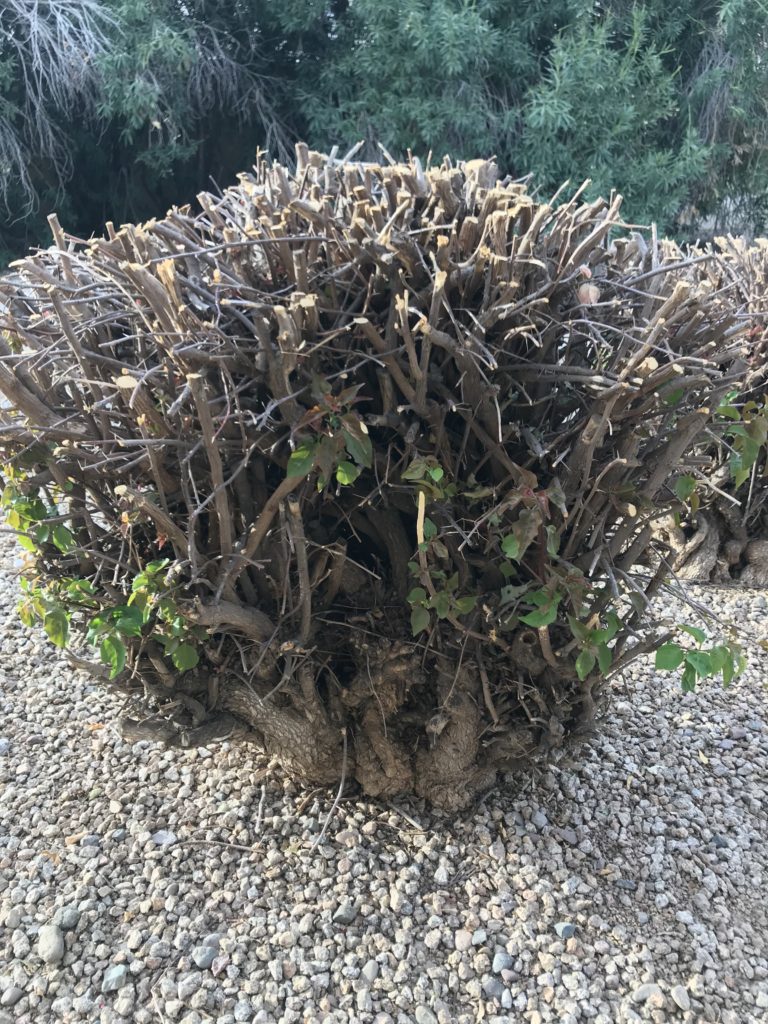“Why can’t I get bermudagrass to grow under my tree?” I get this question all the time, and while there isn’t a magic bullet to get your Bermuda dense and green in shade, I’ve created a video to address those bare spots in shaded lawn areas of your yard.
First, off, most hybrid and common bermudagrasses grows best in a full 6-8 hours of sunlight each day. Any less is going to impact the vigor and appearance of your lawn. Filtered light and reduced hours of sunlight both impact the quality of bermudagrass.
Overtime, this sun-loving turfgrass will weaken with the reduction in photosynthesis, becoming patchy, long and leggy and also have a shallow root system, making it more susceptible to stresses associated with drought, cold and heat. Once it becomes sparse, weeds start to encroach on the area.
While the best recommendation I can make is to grow turf where there is sunlight, and trees where there is not turf, sometimes that recommendation isn’t always practical. More than once I’ve said trees and turf don’t work well together; you have to pick one and go with it. My clients don’t like hearing that, so I’ve come up with a few options for them.
1. Reduce turfgrass area
Reduce the amount of turf in the yard, converting the shaded areas to mulched or landscape is one option. If you do remove turf in these areas and you have established trees which depend on the water from the sprinklers, I highly recommend adding a supplemental water source to the trees. Netafim rings within and at the drip line is a great option for supplemental irrigation.
2. Raise and thin tree canopies
If your shade source is coming from trees, thinning tree canopies is one option to allow more light to penetrate to the turfgrass. However, elevating tree canopies should be done slowly and with extreme care, since sunburn limbs is a major concern for many of the shade trees in the southern areas. Talk to your tree care professional about the best time of year to elevate your trees’ canopies, and please do it over a few seasons.
3. Raise mow height of Bermudagrass
When mowing shaded bermuda the same height as in sunny areas, you may be cutting off 100% of the leaf surface (NOTE: only cut off 1/3 of leave blade length at each mowing to prevent stress.). Mow height should be at 2.25-2.5” in shaded areas to allow some leaf blades to form. Depending on your bermudagrass variety, your mow height in sunny areas may be anywhere from ½”- 2”.
Remember leaves = photosynthesis = plant food = healthy plant.
4. Re-sod with a more shade-tolerant variety of bermudagrass
There is a variety of hybrid bermuda called Tifgrand (purchased through Evergreen Turf) which is said to grow in as little as 4-5 hour of sunlight per day. Now again, it isn’t just the amount of sunlight hours, but the quality of sunlight hours that is important. If there is filtered sun for 8 hours of the day, but only 2 hours of full sunlight, you will still likely have weakened bermudagrass. To keep a solid stand of turfgrass, re-sodding every 2-3 years might be required.
5. Grow an alternative turfgrass species
Depending on your density of shade and microclimate, there are other turf species that might be options. The first option is to encourage the overseeded ryegrass to linger in the summer months. Winter lawns are overseeded with ryegrass each October and begin burning out in May when transitioning to bermudagrass in the heat. However, allowing your winter ryegrass to continue to grow in the shade is a great option. Mow height should be increased on the ryegrass and it should be not fertilized in the heat. Ryegrass is has a texture similar to bermudagrass so it blends well for an even lawn surface.
Two other turf options include tall fescue (high water use, won’t tolerate full sun in summer) or Palmetto St. Augustine grass (won’t tolerate dense shade and can freeze back in colder areas.) Both of these have broader grass blades and so using them adjacent to bermudagrass is not a great look. Also, these two grasses require different care in the summer months from hybrid bermudagrass. Check back for more information on preserving cool season grasses during the summer months as well as recommendations on caring for St. Augustine grass.

